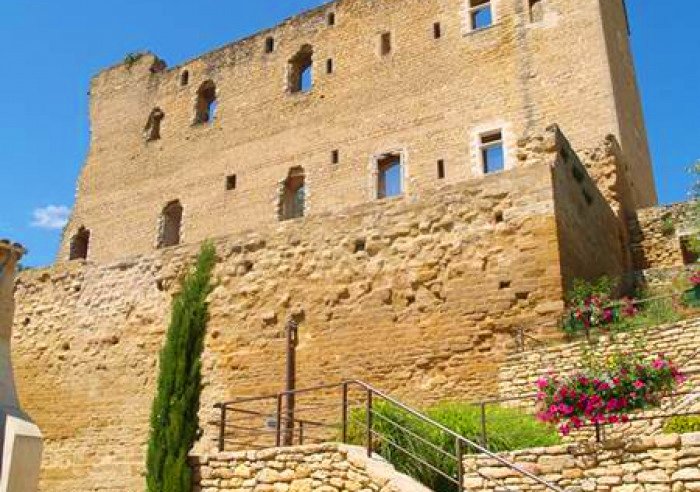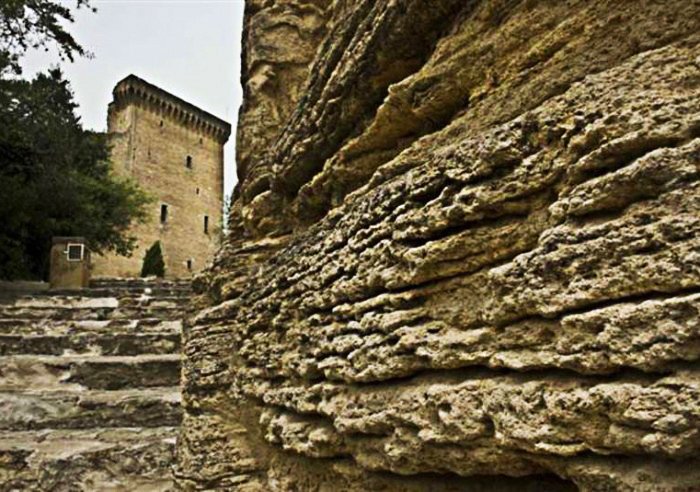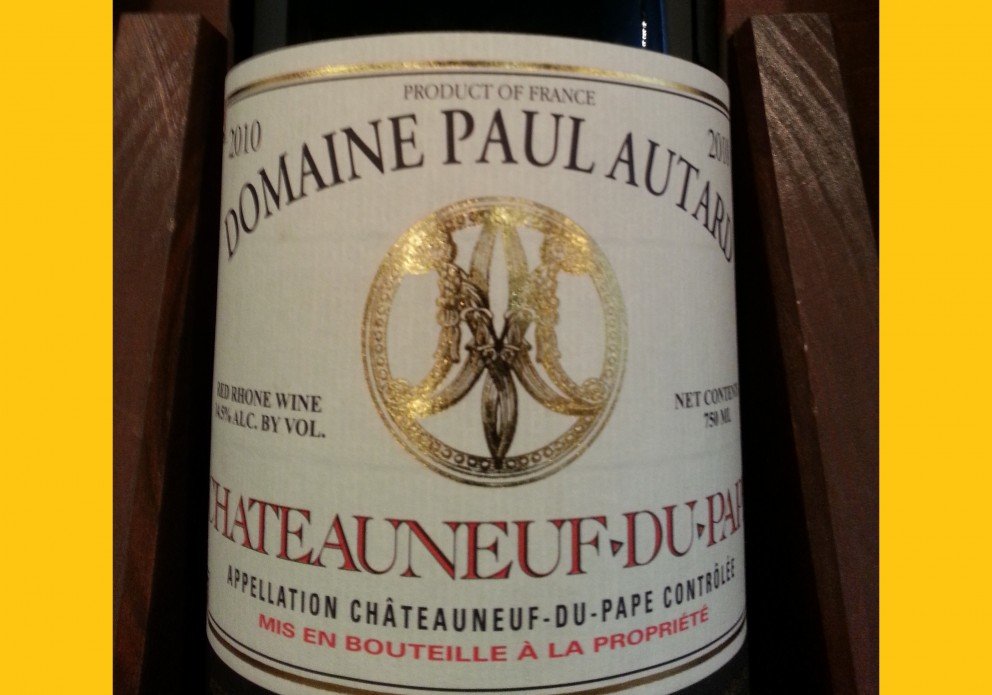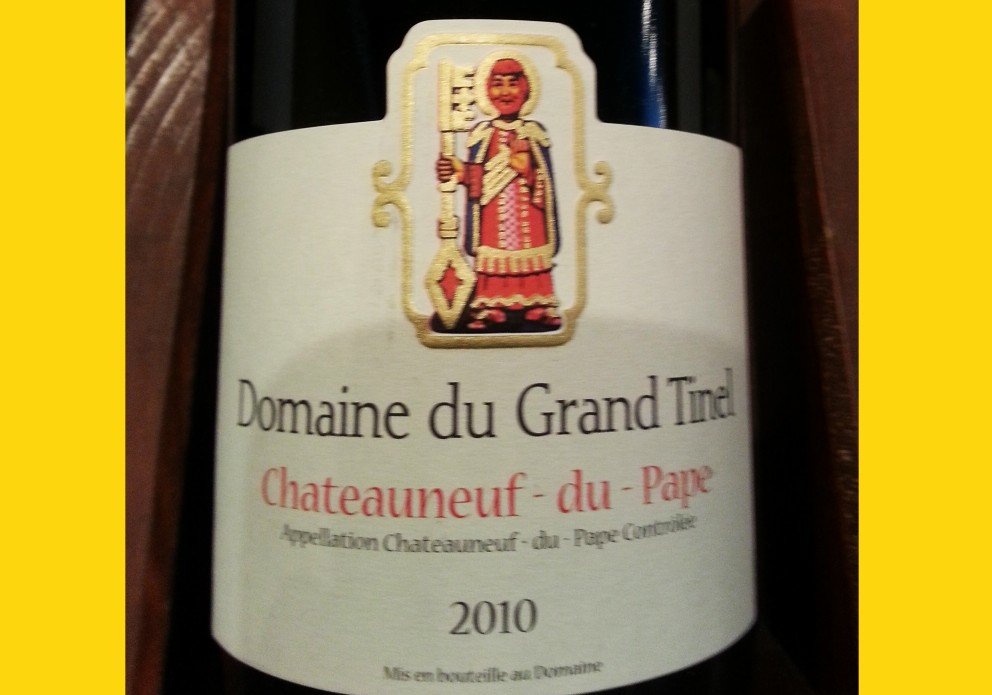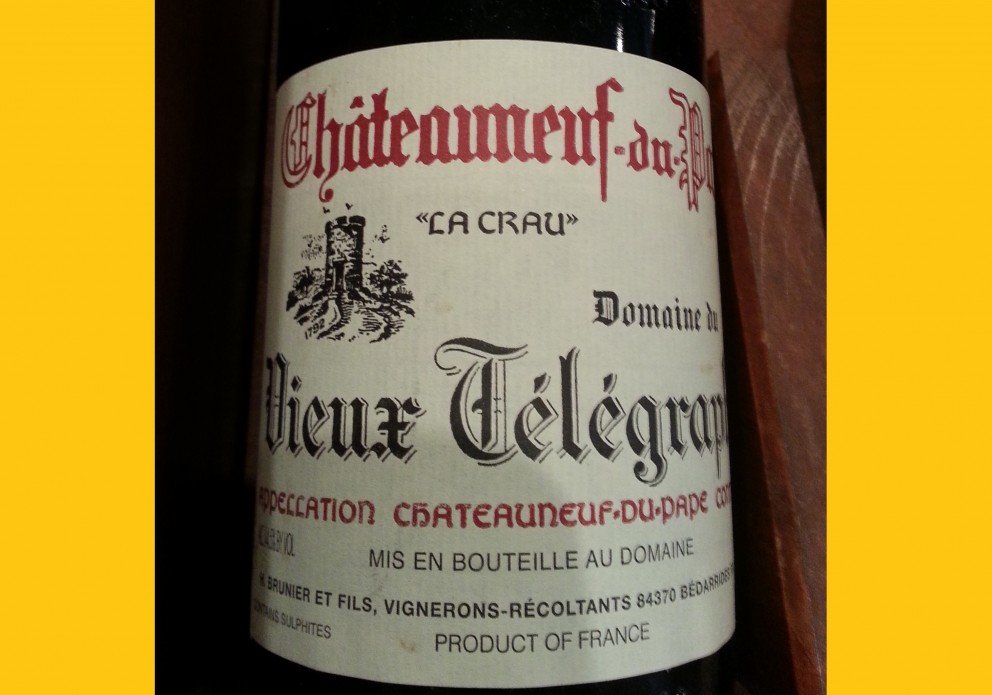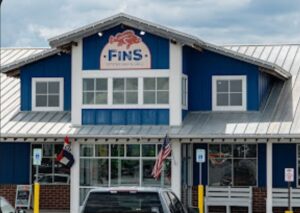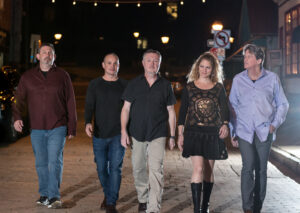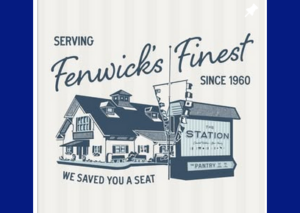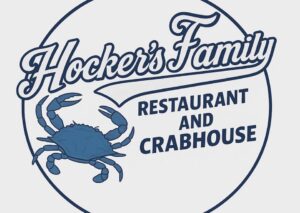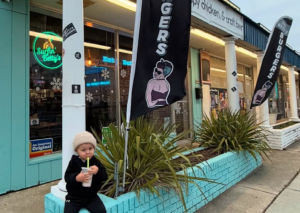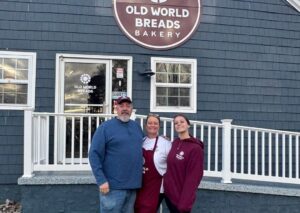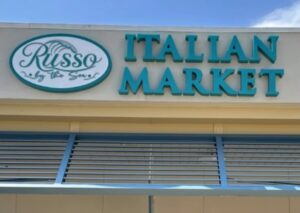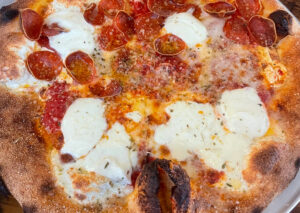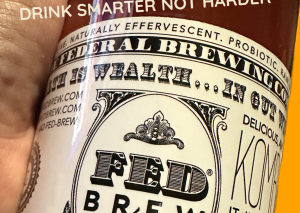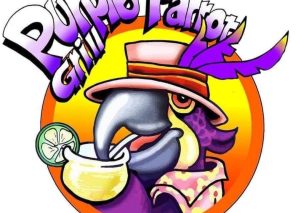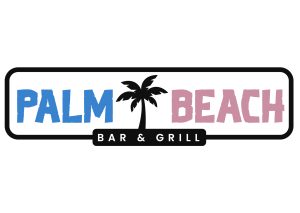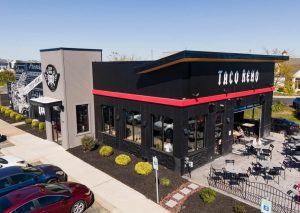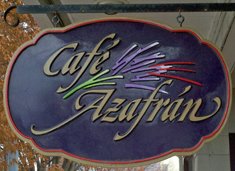I’ll admit I was intimidated by this French wine long before I learned how to pronounce it. (“Pape” is pronounced “pop”.) Sounding more like a bed and breakfast you might find in Provençe rather than a classic Rhône-style wine, the “Pope’s New Castle” stands out as one of the most historically fascinating wines ever made. As the name suggests, the mystique and prestige of this wine are firmly intertwined with papal history. In 1308, Pope Clement V, former Archbishop of Bordeaux, and subsequent “Avignon Popes”, were said to be great lovers of Burgundy wines. So much so that Pope Clement V relocated the papacy to the town of Avignon, in southeastern France. The “Avignon Popes” drank the wines and did their part to promote this wine during the seventy-year duration of the Avignon Papacy.
Clement V was succeeded by John XXII who regularly drank the wines from the Burgundy vineyards as well as from Avignon vineyards. History tells us that he did much to improve viticultural practices in the latter. Under John XXII, the wines of this area came to be known as “Vin du Pape”; later to become Châteauneuf-du-Pape. John XXII is also responsible for erecting the famous castle that stands today as a symbol for the appellation.
The appellation stretches from the eastern bank of the Rhône River near Orange in the northwest to Sorgues near Avignon in the southeast. It covers 3,200 hectares of land with at least three distinct types of soil. The characteristic terroir of Châteauneuf-du-Pape comes from a layer of stones called galets (pebbles). These round rocks and pebbles are typically quartzite and are remnants of Alpine glaciers that have been smoothed by the Rhône River for centuries. The stone retains heat during the day and releases it at night, and this hastens the ripening of the grapes and intensifies their flavor. But the stones also serve as a protective layer to help retain moisture during the dry summer months. The vineyards are farmed organically or biodynamically, thereby eliminating the need to treat with herbicides or pesticides. One of the most famous vineyards is owned by Domaine du Vieux Télégraphe, producing a classic Châteauneuf available at Teller Wines.
The large majority of the Châteauneufs produced are red and are about 94% of the appellation’s production. In fact, only six white varieties are permitted under strict Appellation d'Origine Contrôlée (AOC) rules. (In 1935, numerous laws were passed to control the quality of French wine. The AOC system was established and is governed by a powerful oversight board, Institut National des Appellations d'Origine, INAO.) The AOC is one of the oldest systems for protected designation of origin for wine in the world and limits yields to 368 gallons per acre, which is nearly half the yield allowed in Bordeaux. Rosé wines are totally banned within the appellation.
In most red Châteauneuf-du-Pape, Grenache noir (sweet jammy flavor) is the most common variety, blended with Mouvèdre which adds elegance and structure to the wine. Syrah is often blended to provide color and spice. No mystery there!
Châteauneuf-du-Pape reds are earthy with gamey flavors that have hints of tar and leather. They are also high in alcohol, typically 13-15%. The signature style of winemaking in this region is to focus on balancing the high sugar levels in the grape with the tannins, along with the phenols. Following harvest, the grape clusters are rarely destemmed prior to vinification in cement tanks. The fermentation temperatures are kept high, with the skins pumped over and punched down repeatedly to achieve higher tannin levels and darker color extraction.
You will recognize the prestigious Châteauneuf labels. Most still have the papal regalia and insignia on heavy dark bottles. Yet the beauty of this wine is that it is remarkably approachable with food, in part because it suits so much of today’s Mediterranean-influenced cuisine. In addition, the absence of new oak in many Châteauneufs means that they can be enjoyed alongside an even broader range of lighter dishes.
Go ahead, tap into your inner hedonistic reserve. After all, if it’s good enough for Popes, it’s certainly good enough for us common folk!
At Teller, you can find three distinctive Châteauneuf-du-Papes proudly located in “Big & Concentrated,” naturally. All can be cellared for another 10-15 years.


